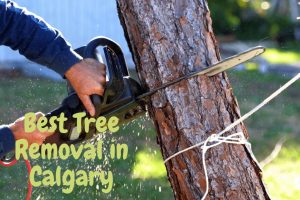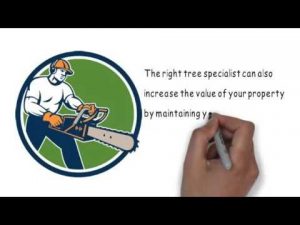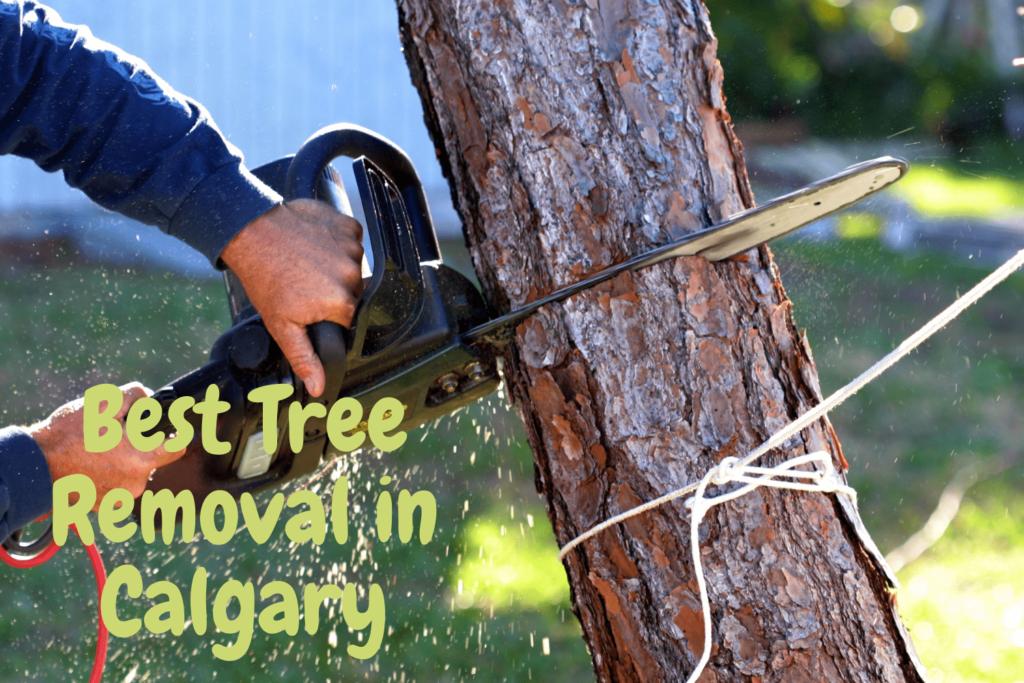Tree removal is one the most important jobs in the construction industry. It is the landowner’s responsibility to make sure that trees are removed according to local, state and federal regulations and laws. Incorrect tree removal or illegal logging can cause serious environmental damage and be harmful to the natural environment. Every owner of land is responsible for ensuring that trees are properly trimmed and removed so that they do not damage the environment.
Tree removal construction industry
Tree removal starts at the construction location. A contractor who specializes is this type of work will typically visit the area where vegetation is located. He or she will use power lines to help move the vegetation and take measurements of the area. Then, he or she will discuss the job and the landowners.
Tree removal construction industry

Sometimes power lines are not an option. For the tree removal, landowners may need to apply for a permit from the local power company. After the vegetation has been removed, the tree crew will prepare the area to be used for tree removal. Before beginning the process of removal, the crew will clean the site and remove any trash or debris that might be left behind. This trash or debris may contain roots, sticks, and other debris that could affect the growth of the plant after the tree is removed.
Tree removal construction industry
After clearing the site, the crew will begin tree cutting. They will either climb the limbs, or use power tools or hand saws to cut them to the correct diameter. This is where a tree removal specialist is very useful. These specialists are trained and have years of experience in tree removal. They can safely and efficiently remove trees from the yard and dispose of them properly.
Tree removal construction industry
It is important to have all permits in order before you get started. These permits will ensure that the job goes smoothly and there are no legal repercussions. These permits should be obtained before you begin tree removal. This will save you time, money, and allow you more time to enjoy your yard after the trees have been removed.
The next step in tree care is to carefully remove the stump. Stumps should not be cut because they will grow back and might endanger people or property. Stump removal should be left to professionals who have experience in tree removal because cutting a stump could cause damage to nearby buildings and power lines. How big the stump will grow will depend on its path.
The next step after the stump has been removed is to determine the best disposal method. Depending on the location of the stump, either a tree removal application (or a power line cutting) might be necessary. To complete the tree removal request, the U.S. citizen will need a form (or another form with the appropriate wording). The form will need to include the amount of stump ground to be removed, the type of stump to be removed, and an estimate of money for all work.
Power lines can be exposed to be dangerous if the person doing the removal does not do a good job. Dead trees should not be left in a pile and falling limbs should be removed carefully and securely. If dead trees can’t move, they should first be bagged and taken away to a landfill. The amount of stumps and dead trees that must be removed will depend on the size of the stump, and how deep it is in the ground.


